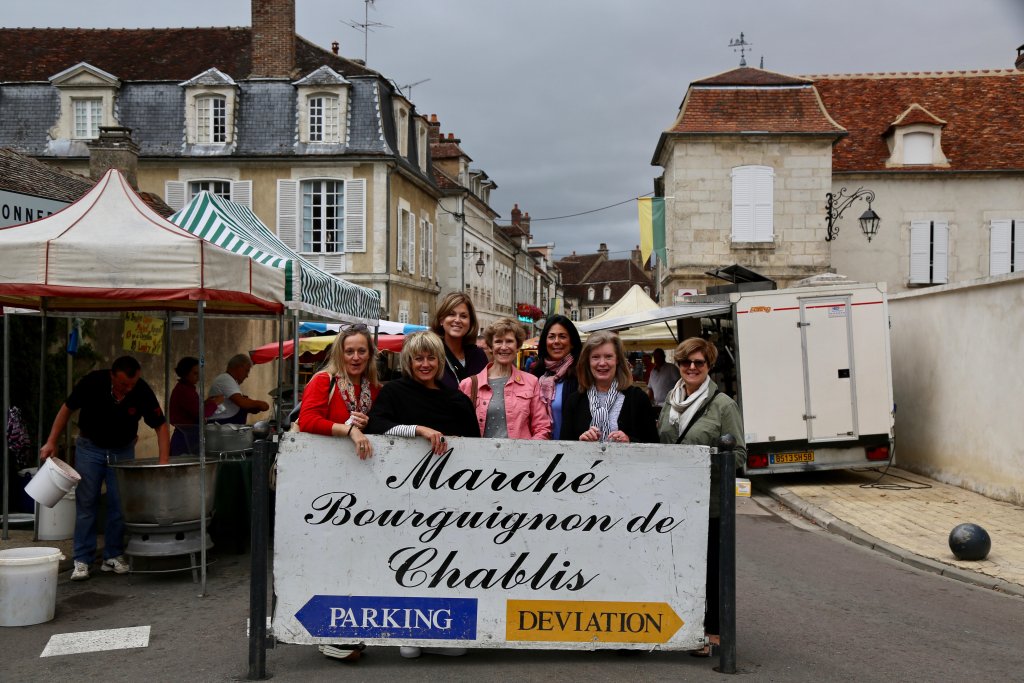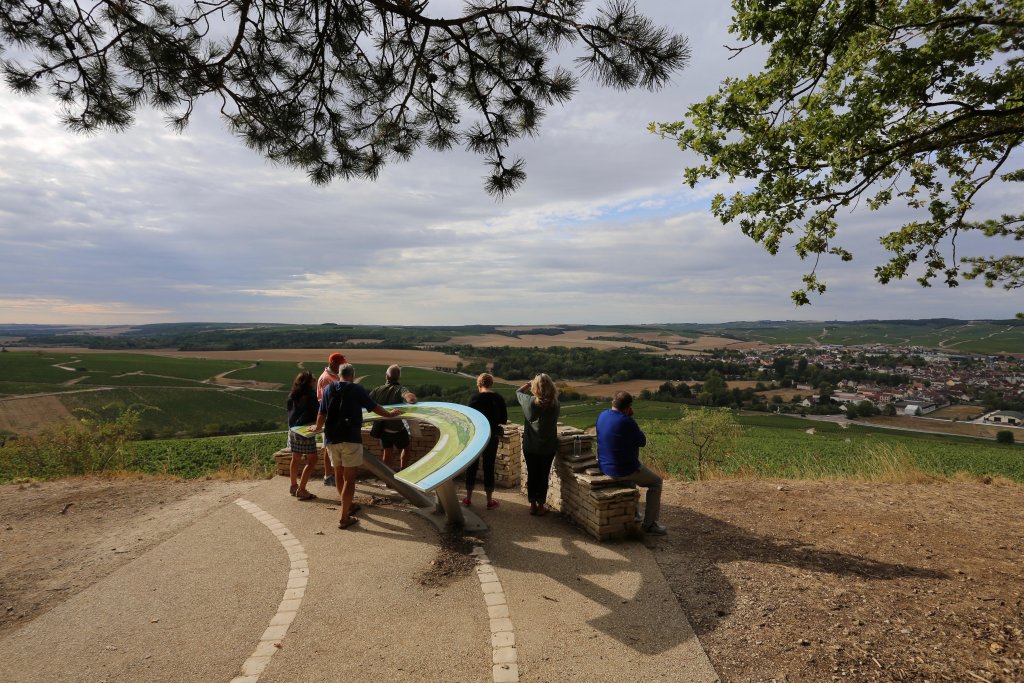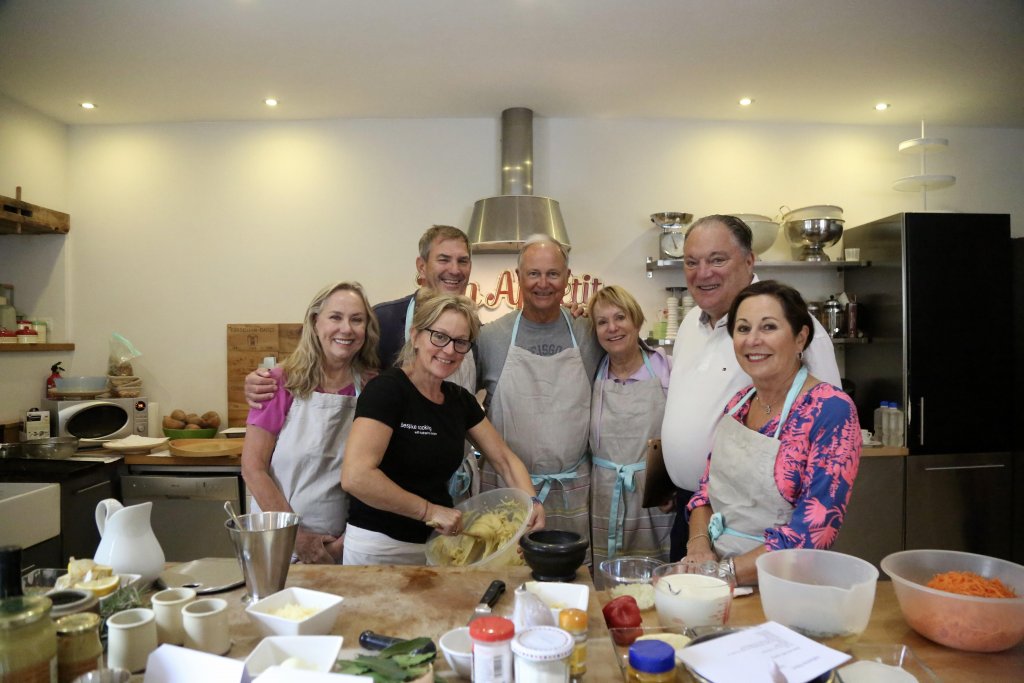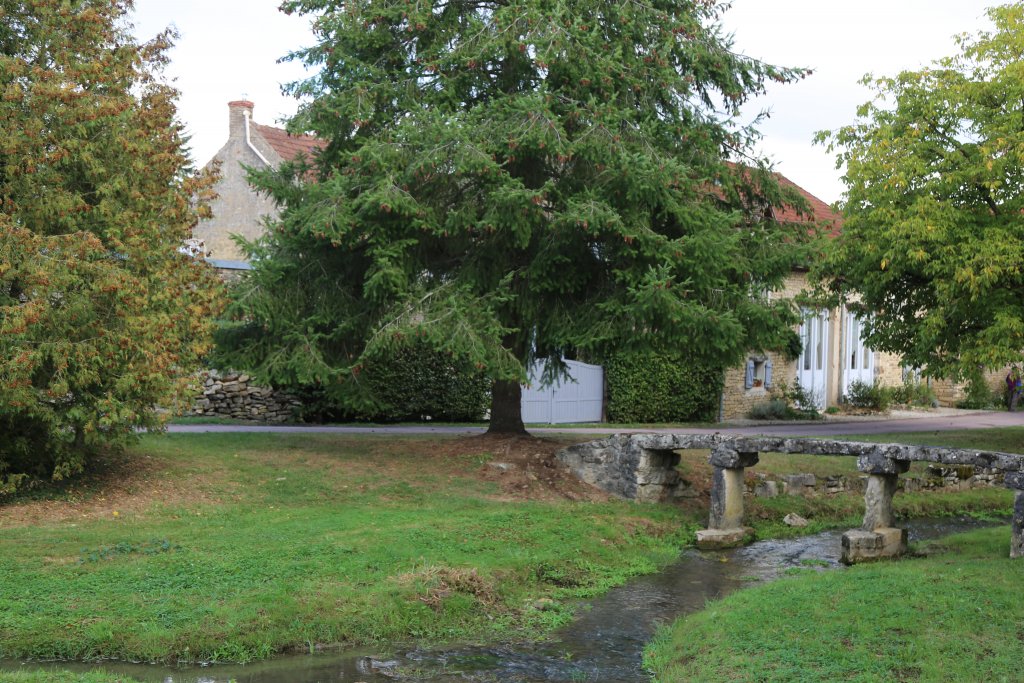
One cannot think of gastronomy and wine without France coming to mind. The gastronomic tradition is so rich that in 2010, the French gastronomic meal was recognised by UNESCO and inscribed on its Representative List of the Intangible Cultural Heritage of Humanity. This decision was informed by such characteristics as the use of fresh, local products; dishes reflecting the diversity of France and its regions; food and wine pairings; a beautiful table setting; and the conversations and rituals associated with each meal.
French cuisine is undoubtedly one of the nation’s most delightful treasures, and one of the regions that contributes significantly to this rich tradition is Burgundy. Burgundy is known far and wide for its production of excellent wine. Some of the region’s great wines, or grands crus, include Aloxe-Corton, Nuits-St-Georges, Vosne-Romanée, Vougeout, Chambolle-Musigny, and Gevrey-Chambertin, among others. It is of little surprise, then, that wine is frequently used as an ingredient in the local cuisine, as in traditional beef bourguignon, oeufs au vin, coq au vin, jambon persillé and more. 
Private guided tour with wine expert – Chablis region – vineyards for miles
Dijon is the capital of Burgundy, with a reputation that precedes itself thanks to the mustard that originated in 1856 when Jean Naigeon replaced the condiment’s usual vinegar with verjuice, the acidic juice of unripe grapes. Today, most mustards from Dijon contain white wine rather than verjuice, however they maintain the same distinctive taste. In addition to its wine, mushrooms, truffles, and snails are further examples of the abundance of delectable ingredients found in the region.
French cooking is incredibly complex, with a storied history. That being said, it is generally agreed upon that technique, ingredients, and the dining experience form its foundations. French cooking techniques involve mise en place (‘everything in its place’), saute, braise, confit, and flambe, among others. These techniques require much patience, skill and attention to detail. Ingredients are another hallmark of French cuisine, with chefs prioritisng the use of high quality and locally sourced ingredients. Herbs and spices are both particularly important to French cooking. Finally, the French dining experience requires careful presentation, elegance, and community when eating.

Cooking class with Chef Katherine
As a veritable mecca for culinary travellers and foodies alike, Burgundy is the ideal location for Delectable Destinations’ iconic France trip. Guests spend the week delighting their senses in the tradition and flavours of the region, with Chef Katherine’s La Ferme de la Lochere as their luxurious homebase. This 400 year-old farmhouse was once part of the local Chateau, and today guests marvel at its location in Marigny-le-Cahouët, a storybook town in the heart of Burgundy’s magnificent countryside.

The beautifully renovated farmhouse that we stay at in the sleepy village of Marigny-le-Cahouët, Burgundy
Discovering Charming Burgundy with Delectable Destinations is a magical experience in which you’ll regale in the patchwork of sensory delights and vistas that make up the Côte d’Or region. If you long to learn the famous flavours of French cuisine or to explore some of the world’s most prized vineyards alongside an expert sommelier, this trip will not disappoint. Visit our website and sign up to our newsletter to stay tuned for more information about upcoming Delectable Destinations trips!
